Home>Storage & Organization>Kitchen Organizing Tools>How To Make A Ferret Litter Box
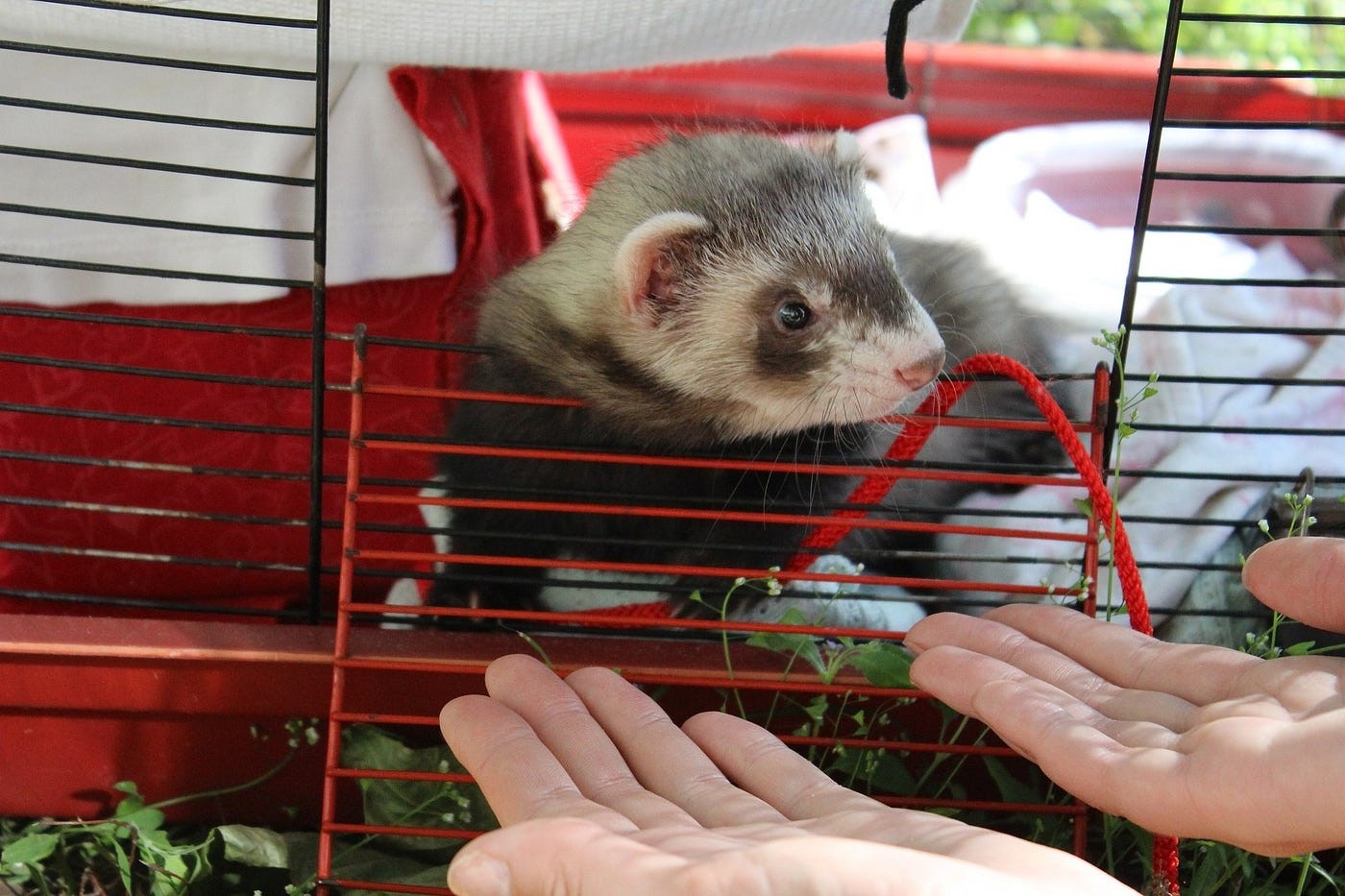

Kitchen Organizing Tools
How To Make A Ferret Litter Box
Modified: March 2, 2024
Discover the best kitchen organizing tools for creating a ferret litter box at home. Find out how to make a DIY litter box for your ferret.
(Many of the links in this article redirect to a specific reviewed product. Your purchase of these products through affiliate links helps to generate commission for Storables.com, at no extra cost. Learn more)
Introduction
Welcoming a ferret into your home can bring immense joy and companionship. These playful and curious creatures are known for their energetic nature and inquisitive behavior. However, as with any pet, it's essential to establish a comfortable and hygienic environment for them. One crucial aspect of ferret care is providing a suitable litter box to facilitate their natural instincts and maintain a clean living space.
Creating a designated area for your ferret to relieve themselves not only promotes good hygiene but also helps in training them to use a specific spot for their bathroom needs. This can significantly reduce messes and make cleaning up after your furry friend much more manageable.
In this comprehensive guide, we will explore the essential steps to set up and maintain a ferret litter box, as well as tips for effectively training your ferret to use it. By following these guidelines, you can ensure a harmonious living environment for both you and your beloved ferret. Let's delve into the details of choosing the right litter box, setting it up, training your ferret, and maintaining cleanliness to provide the best care for your furry companion.
Key Takeaways:
- Choosing the right litter box for your ferret is crucial. Consider size, material, litter containment, and odor control features to create a comfortable and hygienic bathroom area for your furry friend.
- Training and maintaining the litter box are essential for a clean living environment. Use positive reinforcement, consistency, and regular cleaning to ensure your ferret embraces the litter box and stays happy and healthy.
Read more: How To Train A Ferret To Use A Litter Box
Choosing the Right Litter Box
Selecting the appropriate litter box for your ferret is a crucial step in ensuring their comfort and promoting good bathroom habits. When it comes to choosing the right litter box, there are several factors to consider to meet your ferret's specific needs.
Size and Accessibility
Ferrets are active and agile animals, so it's essential to choose a litter box that provides ample space for them to move around comfortably. Opt for a box that is spacious enough to accommodate your ferret's size, allowing them to enter, turn around, and assume their natural posture for elimination. Additionally, consider the height of the litter box to ensure easy access for your ferret, especially if they are young or elderly.
Material and Durability
The material of the litter box plays a significant role in its durability and ease of cleaning. Look for a sturdy, non-porous material such as plastic, which is easy to sanitize and resistant to odors. Avoid litter boxes with rough or absorbent surfaces, as they can harbor bacteria and odors, leading to hygiene issues.
Litter Containment
Ferrets are known for their playful and curious nature, often leading to enthusiastic digging and burrowing behaviors. To prevent litter spillage and mess, consider a litter box with high sides or a cover to contain the litter effectively. This helps maintain cleanliness in the surrounding area and minimizes the effort required for regular clean-ups.
Read more: How To Make A Litter Box Enclosure
Multiple Litter Boxes
If you have multiple ferrets or a spacious living environment, providing more than one litter box can be beneficial. Placing litter boxes in different areas of the ferret's living space ensures easy access and encourages consistent litter box usage. Additionally, having multiple litter boxes can help prevent territorial disputes and promote a harmonious bathroom routine among your ferrets.
Odor Control Features
Investing in a litter box with odor control features, such as a built-in filter or odor-neutralizing materials, can significantly contribute to a fresher and more pleasant environment. Ferrets are known for their musky scent, and an effective odor control system in the litter box can help mitigate any lingering odors, enhancing the overall living experience for both you and your ferret.
By considering these factors and selecting a litter box that aligns with your ferret's needs and your living space, you can create a comfortable and hygienic bathroom area for your furry companion. The right litter box not only promotes good hygiene but also contributes to a positive and stress-free environment for your ferret to thrive.
Setting Up the Litter Box
Setting up the litter box for your ferret is a crucial step in creating a designated and hygienic bathroom area. By following these essential guidelines, you can ensure that the litter box is optimized for your ferret's comfort and convenience.
Choosing the Location
Selecting the right location for the litter box is paramount. Place the litter box in a quiet and easily accessible area of your ferret's living space. Ferrets value privacy when attending to their bathroom needs, so choosing a secluded yet accessible spot is ideal. Additionally, ensure that the location is away from their feeding and sleeping areas to maintain a clear distinction between different activities.
Read more: How To Make Litter Boxes Not Smell
Litter Selection
Choosing the appropriate litter is essential for your ferret's comfort and hygiene. Opt for a litter that is safe, absorbent, and dust-free. Avoid clumping litters, as ferrets may ingest the small particles while grooming themselves, leading to potential health issues. Pelleted paper or recycled paper litter is a suitable choice, providing a comfortable texture for your ferret's paws and effective absorption of moisture and odors.
Introducing the Litter Box
Once you have chosen the location and litter, introduce the litter box to your ferret's living space. Place a thin layer of litter in the box, ensuring that it covers the bottom evenly. Allow your ferret to explore the litter box at their own pace, familiarizing themselves with the new addition to their environment. Encourage positive associations by placing a few of their favorite toys near the litter box, creating a welcoming and non-threatening atmosphere.
Access and Entry
Ensure that the litter box is easily accessible for your ferret. If the litter box has high sides, consider providing a small ramp or step for easy entry, especially for young or elderly ferrets. The goal is to make the litter box inviting and convenient, promoting consistent and stress-free bathroom habits for your furry companion.
Regular Maintenance
Establish a routine for maintaining the litter box to ensure cleanliness and hygiene. Scoop out waste and clumped litter daily, and replace the litter regularly to prevent odors and maintain a fresh environment. Thoroughly clean the litter box with a pet-safe disinfectant during litter changes to eliminate bacteria and odors, promoting a healthy and comfortable bathroom area for your ferret.
By following these steps, you can effectively set up the litter box for your ferret, creating a comfortable and inviting bathroom area that aligns with their natural instincts and promotes good hygiene. A well-prepared litter box contributes to a harmonious living environment, allowing your ferret to thrive and ensuring a seamless and enjoyable experience for both you and your furry companion.
Read more: How To Make A Litter Box For Cats
Training Your Ferret to Use the Litter Box
Training your ferret to use the litter box is a fundamental aspect of promoting good bathroom habits and maintaining a clean living environment. While ferrets are naturally inclined to designate specific areas for their bathroom needs, they may require gentle guidance and positive reinforcement to consistently use the litter box. By following these essential steps, you can effectively train your ferret to embrace the litter box as their designated bathroom area.
Positive Reinforcement
Encouraging your ferret to use the litter box begins with positive reinforcement. When you observe your ferret using the litter box, offer verbal praise and small, healthy treats as a reward. Positive reinforcement creates a positive association with the litter box, reinforcing the desired behavior and encouraging your ferret to continue using it.
Consistent Placement
Consistency is key when it comes to the placement of the litter box. Position the litter box in the chosen location and avoid frequent relocations. Ferrets thrive on routine, and a consistent placement helps them recognize and access the litter box easily, reinforcing their bathroom habits.
Observation and Encouragement
During the initial stages of training, observe your ferret's bathroom habits closely. When you notice signs that they are about to relieve themselves, gently place them in the litter box. This helps them associate the litter box with the appropriate bathroom behavior. Avoid forcing or scolding your ferret if accidents occur outside the litter box, as this can create negative associations and hinder the training process.
Read more: How To Make Your Litter Box Not Smell
Patience and Persistence
Training your ferret to use the litter box requires patience and persistence. It's essential to remain patient and consistent in your approach, understanding that accidents may occur during the training process. Avoid expressing frustration or disappointment, as ferrets respond best to positive reinforcement and gentle guidance.
Cleaning Accidents Promptly
In the event of accidents outside the litter box, clean up the area promptly using pet-safe cleaning products. Thoroughly removing any traces of waste and odor helps maintain a clean living environment and prevents your ferret from revisiting the same spot for bathroom needs.
Read more: How To Make A Litter Box Enclosure
Multiple Litter Boxes
If you have multiple ferrets, providing more than one litter box can facilitate a harmonious bathroom routine. Placing litter boxes in different areas of their living space ensures easy access and reduces the likelihood of territorial disputes over the litter box.
By implementing these training strategies and maintaining a patient, positive, and consistent approach, you can effectively train your ferret to use the litter box consistently. With time and reinforcement, your ferret will embrace the litter box as their designated bathroom area, contributing to a clean and hygienic living environment for both you and your furry companion.
Maintaining the Litter Box
Maintaining the litter box is a crucial aspect of ferret care, ensuring a clean and hygienic environment for your furry companion. By implementing regular maintenance routines and effective cleaning practices, you can promote good hygiene and minimize odors, creating a comfortable living space for both you and your ferret.
Read more: How To Make A Rabbit Litter Box Not Smell
Daily Waste Removal
Scooping out waste and soiled litter from the litter box on a daily basis is essential to prevent odor buildup and maintain cleanliness. Use a small scoop designed for clumping or non-clumping litter to remove solid waste and any soiled areas. This daily maintenance routine helps keep the litter box fresh and inviting for your ferret.
Litter Replacement
Regularly replacing the litter in the box is crucial for odor control and hygiene. The frequency of litter replacement depends on the type of litter used and the number of ferrets using the box. Generally, replacing the litter every 3-5 days is recommended to ensure a clean and odor-free environment. Dispose of used litter in a sealed bag to contain odors before discarding it.
Thorough Cleaning
Periodic deep cleaning of the litter box is necessary to eliminate bacteria and odors. When replacing the litter, thoroughly wash the litter box with mild soap and warm water. Avoid using harsh chemicals or strong-scented cleaners, as ferrets are sensitive to strong odors. Rinse the box thoroughly and allow it to dry completely before adding fresh litter.
Odor Control Measures
In addition to regular cleaning, incorporating odor control measures can help maintain a fresh environment. Consider using odor-neutralizing sprays or additives designed for pet litter boxes. These products can effectively minimize odors and create a more pleasant atmosphere in the vicinity of the litter box.
Read more: How To Keep Litter In A Litter Box
Monitoring and Health Checks
Regularly monitor the litter box for any signs of unusual waste or changes in your ferret's bathroom habits. Changes in urine or feces consistency, frequency, or odor can indicate potential health issues. If you notice any abnormalities, consult a veterinarian promptly to ensure your ferret's well-being.
Read more: How To Make A Litter Box Enclosure
Multiple Litter Boxes
If you have multiple ferrets, providing more than one litter box is beneficial for maintaining cleanliness and promoting harmonious bathroom habits. Placing litter boxes in different areas of their living space reduces the likelihood of overcrowding and territorial disputes, contributing to a stress-free bathroom routine for your ferrets.
By adhering to these maintenance practices and incorporating effective cleaning and odor control measures, you can ensure that the litter box remains a clean, inviting, and hygienic space for your ferret. A well-maintained litter box not only promotes good hygiene but also contributes to a harmonious and comfortable living environment for both you and your beloved ferret.
Conclusion
In conclusion, providing a suitable litter box and implementing effective training and maintenance routines are essential components of ferret care. By carefully selecting the right litter box, setting it up thoughtfully, and training your ferret to use it consistently, you can create a clean and hygienic bathroom area that aligns with your ferret's natural instincts. Additionally, maintaining the litter box through regular cleaning and odor control measures ensures a comfortable and inviting environment for your furry companion.
The process of choosing the right litter box involves considering factors such as size, material, litter containment, and odor control features. By prioritizing your ferret's comfort and natural behaviors, you can select a litter box that promotes good hygiene and minimizes messes in their living space.
Setting up the litter box involves careful placement, appropriate litter selection, and introducing the box to your ferret in a positive and encouraging manner. Creating a designated and easily accessible bathroom area contributes to a stress-free environment for your ferret and facilitates their natural bathroom habits.
Training your ferret to use the litter box requires patience, positive reinforcement, and consistency. By guiding your ferret and creating positive associations with the litter box, you can establish a routine that promotes good bathroom habits and minimizes accidents outside the designated area.
Maintaining the litter box through daily waste removal, regular litter replacement, thorough cleaning, and odor control measures is crucial for sustaining a clean and hygienic environment. By incorporating these maintenance practices, you can ensure that the litter box remains a comfortable and inviting space for your ferret to attend to their bathroom needs.
Overall, the proper care and maintenance of the litter box contribute to a harmonious living environment for both you and your ferret. By prioritizing their comfort, hygiene, and natural instincts, you can create a nurturing and enjoyable space for your beloved ferret to thrive. With the right approach and attention to detail, the litter box becomes an integral part of your ferret's well-being and contributes to a fulfilling and enriching companionship between you and your furry friend.
Frequently Asked Questions about How To Make A Ferret Litter Box
Was this page helpful?
At Storables.com, we guarantee accurate and reliable information. Our content, validated by Expert Board Contributors, is crafted following stringent Editorial Policies. We're committed to providing you with well-researched, expert-backed insights for all your informational needs.
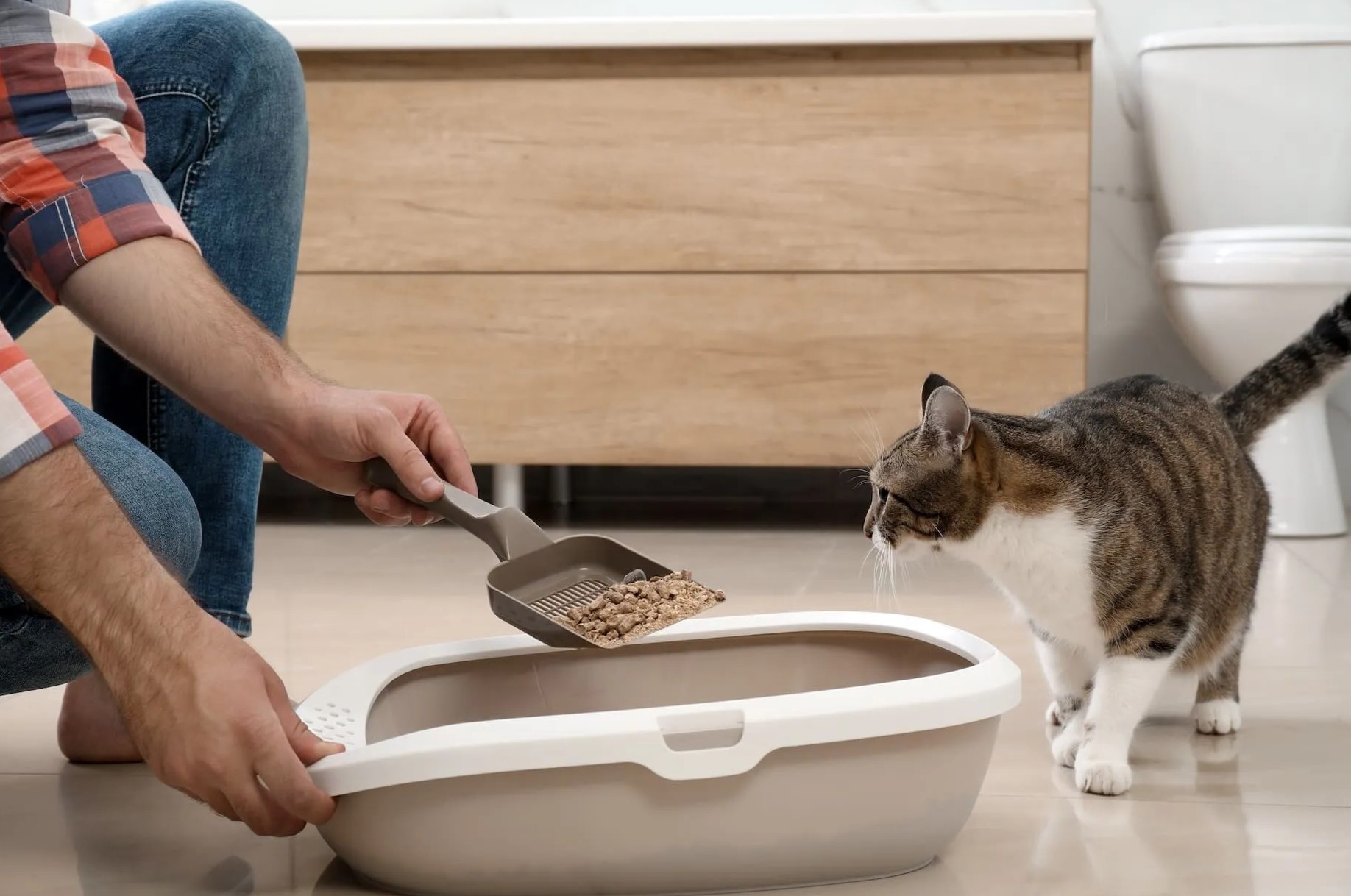
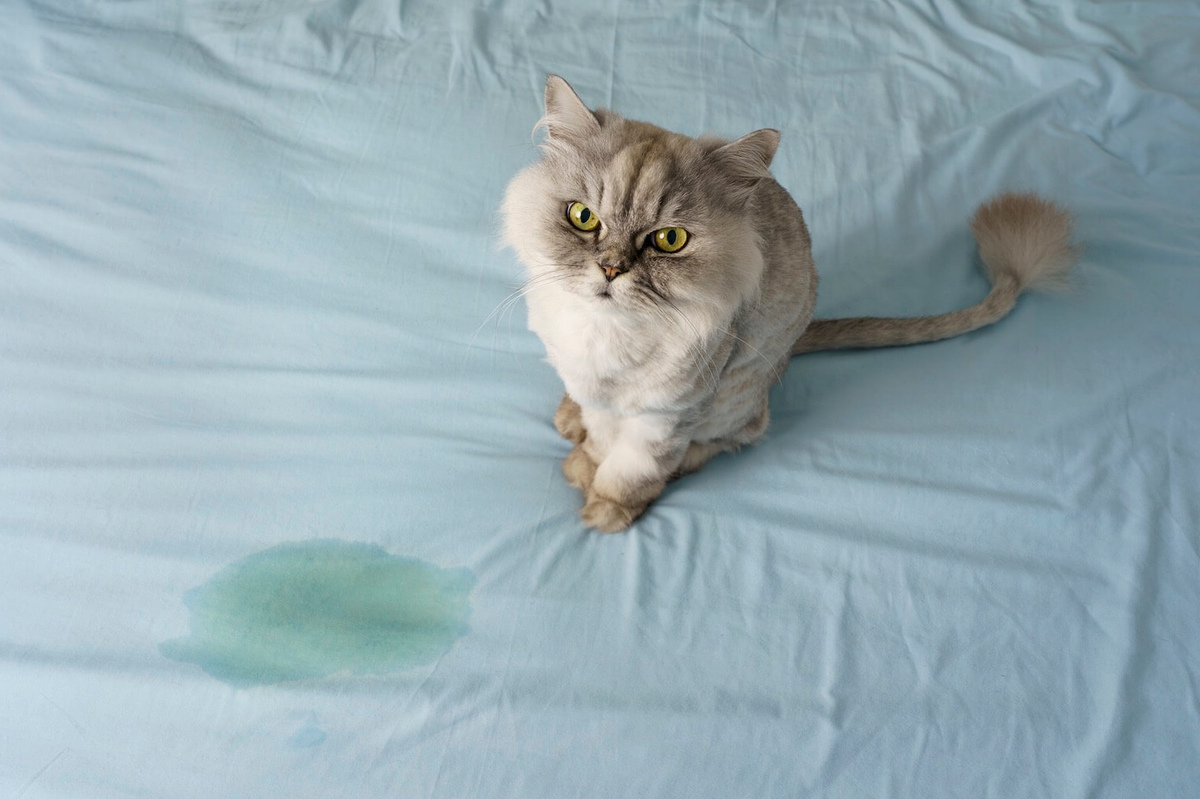
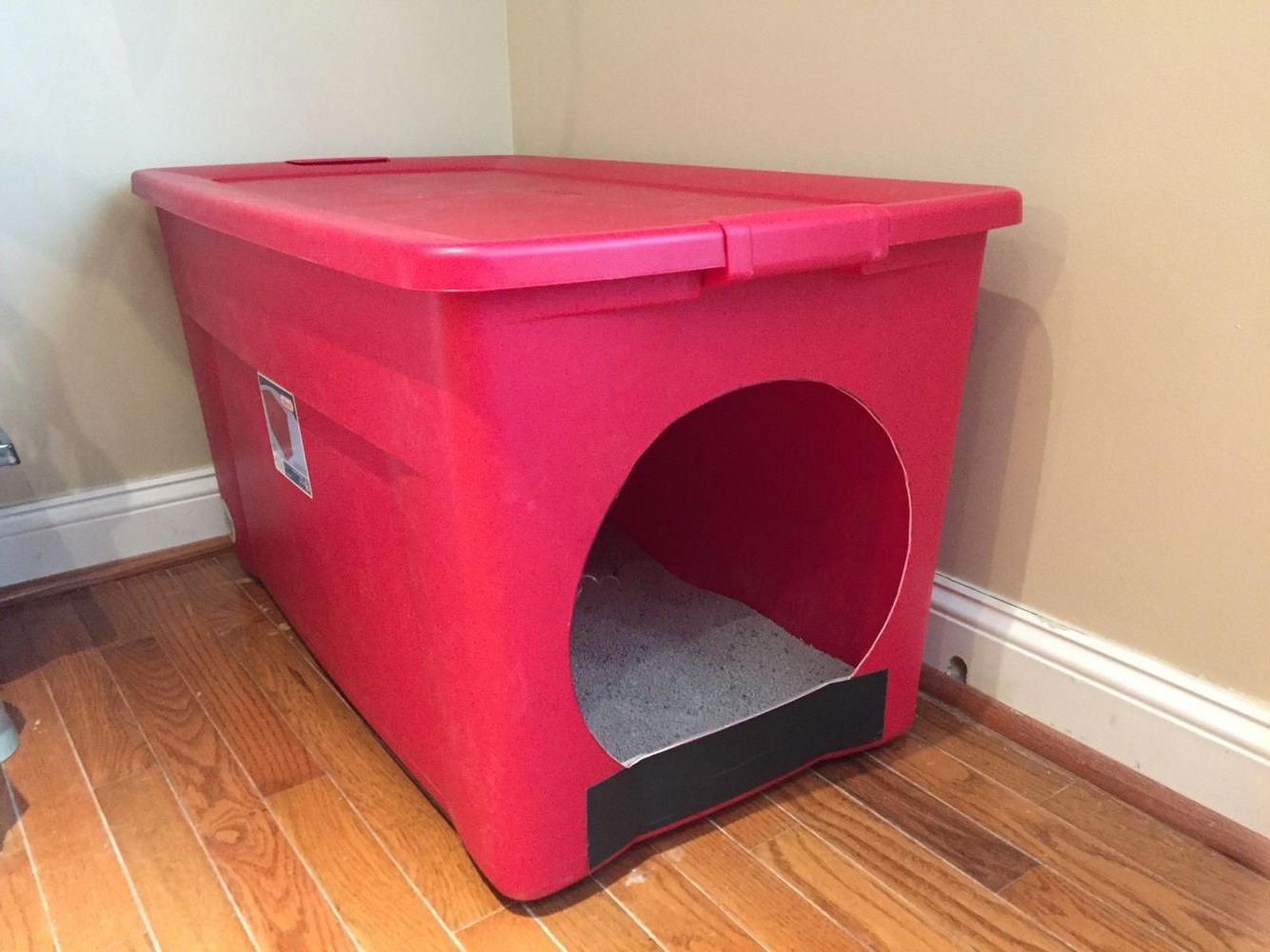
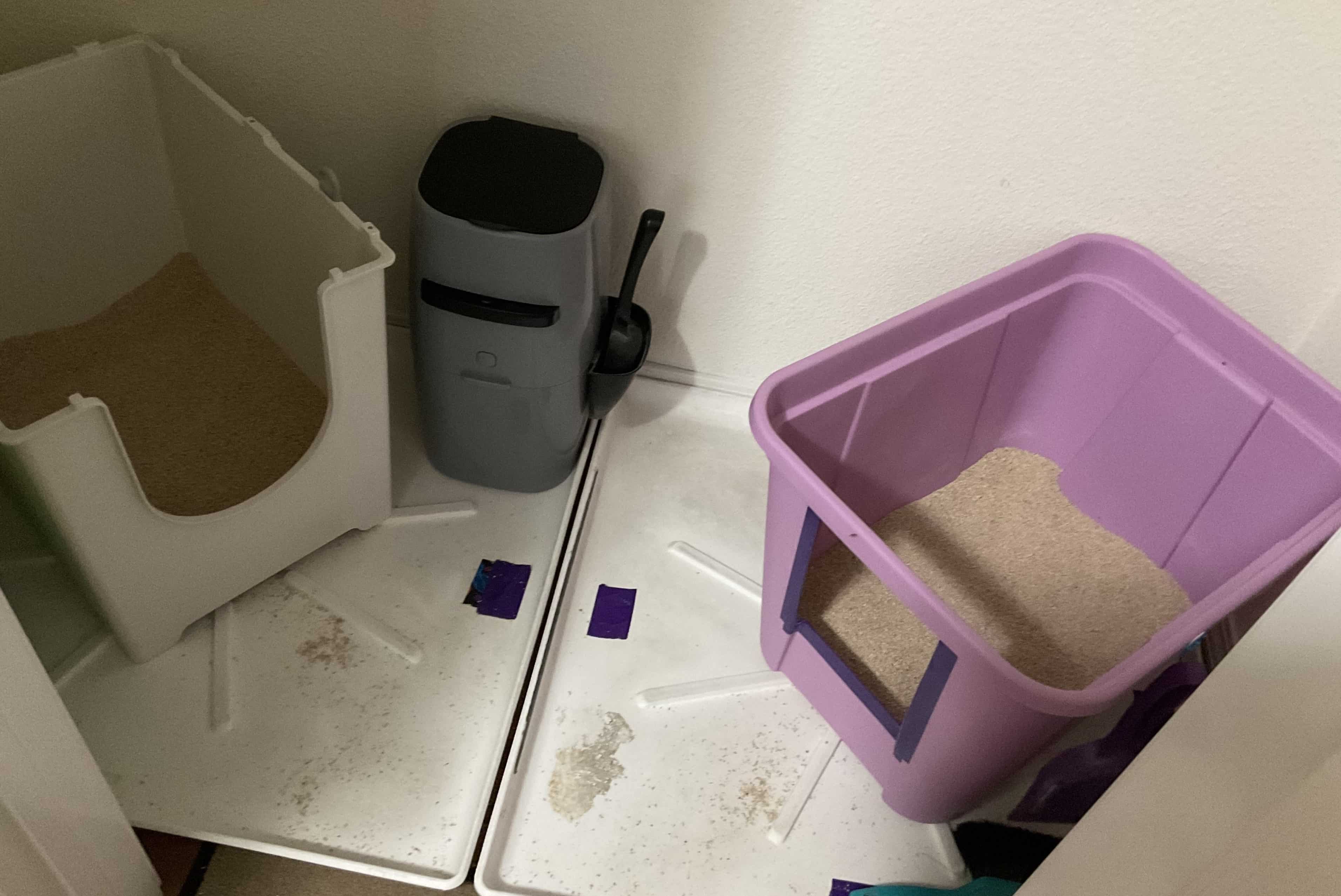
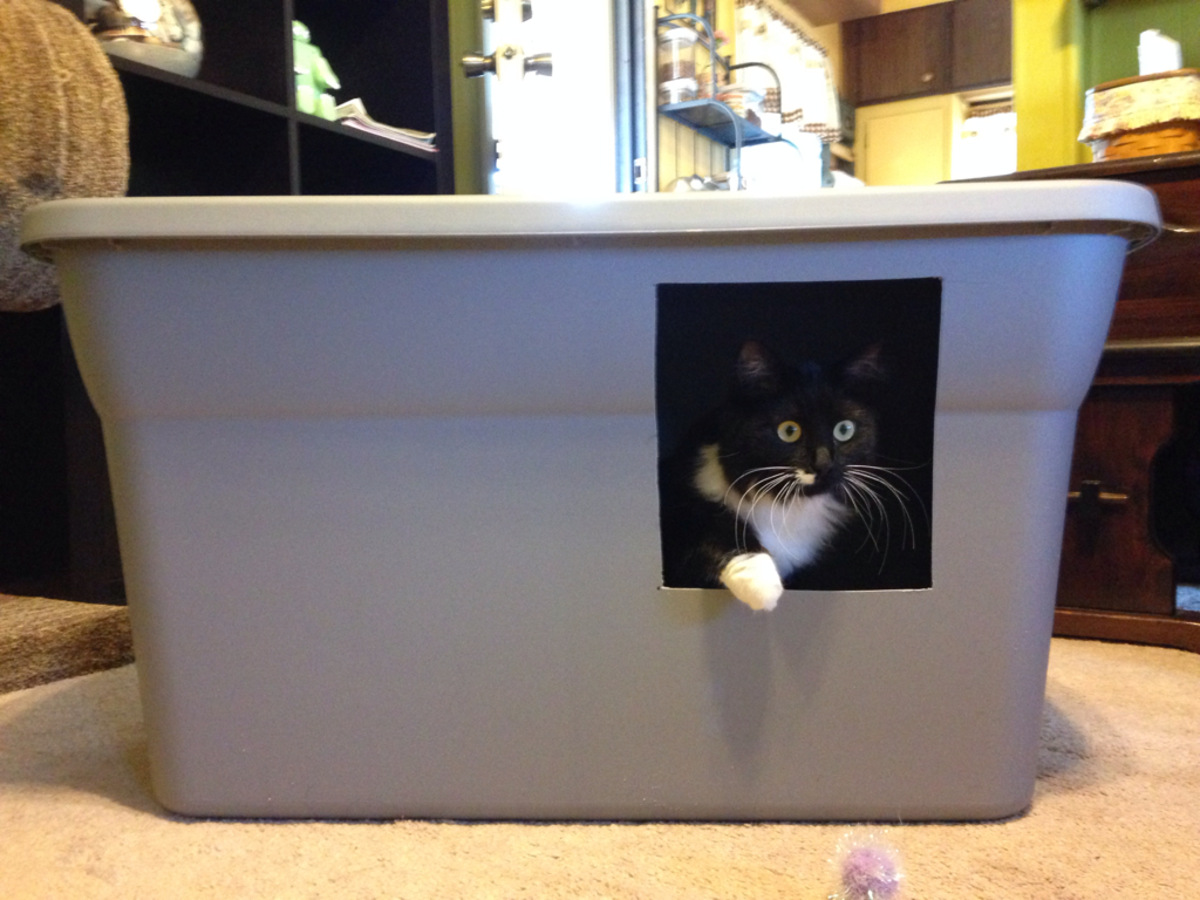
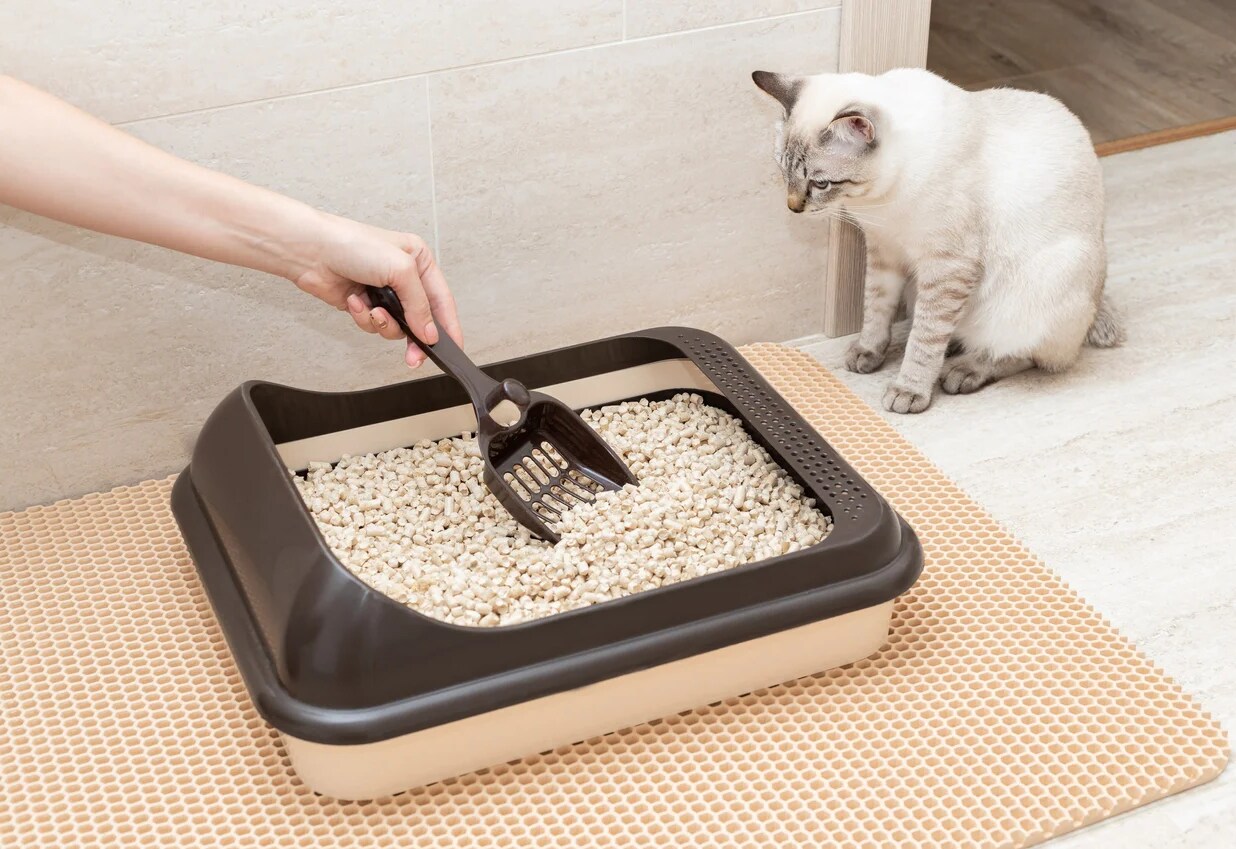
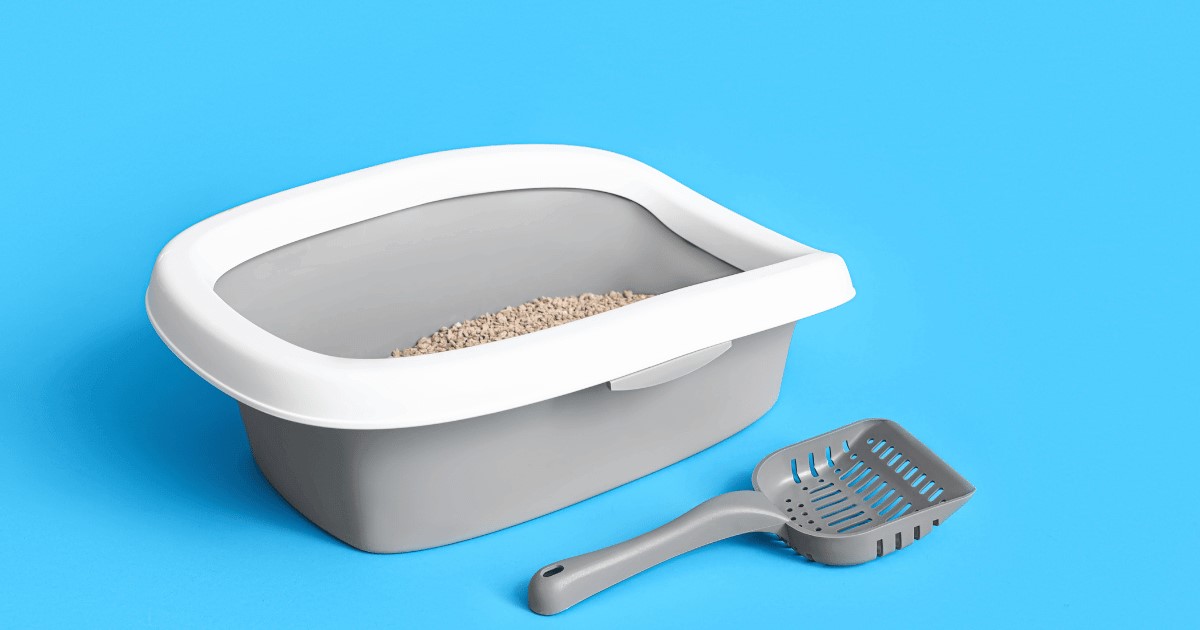
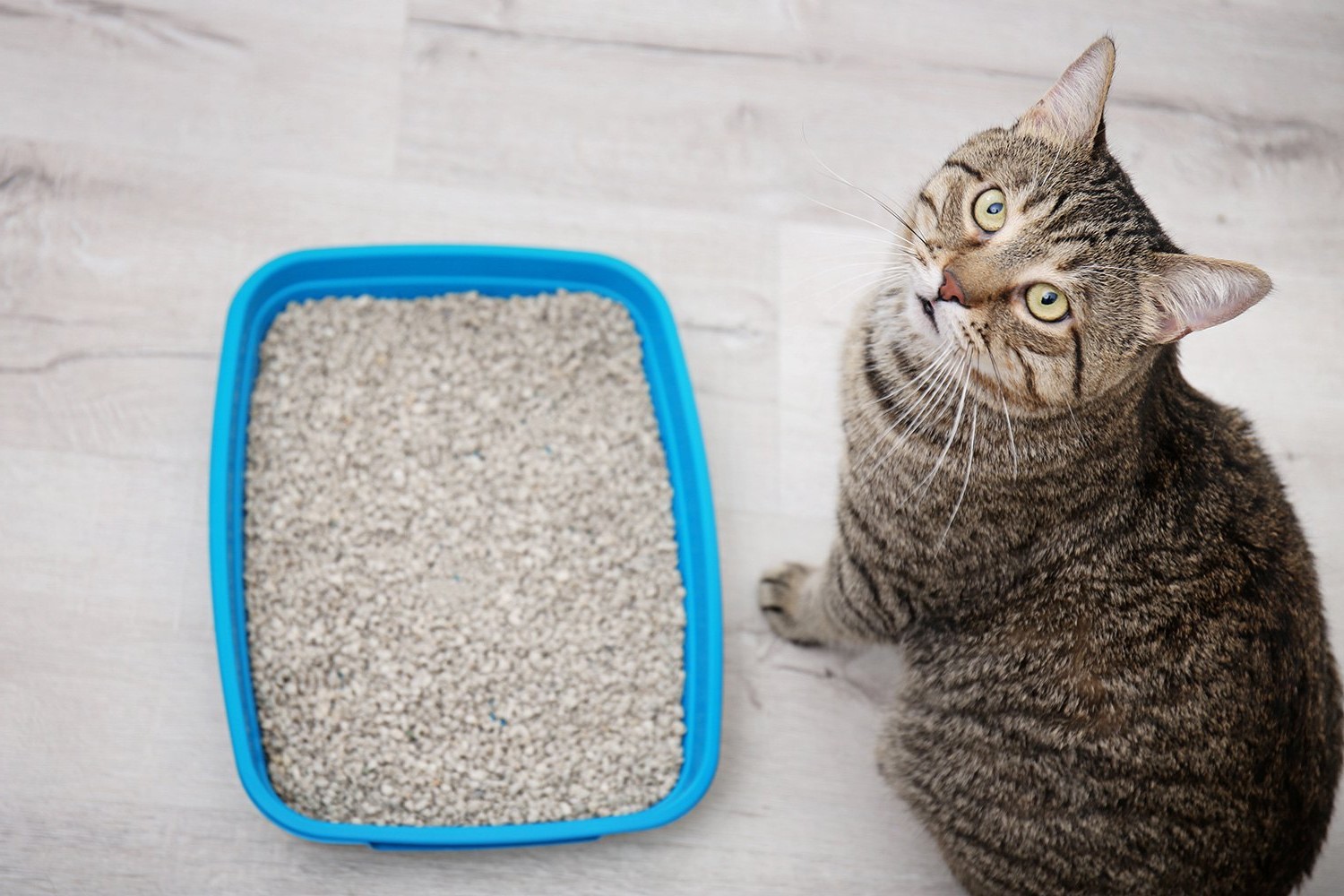
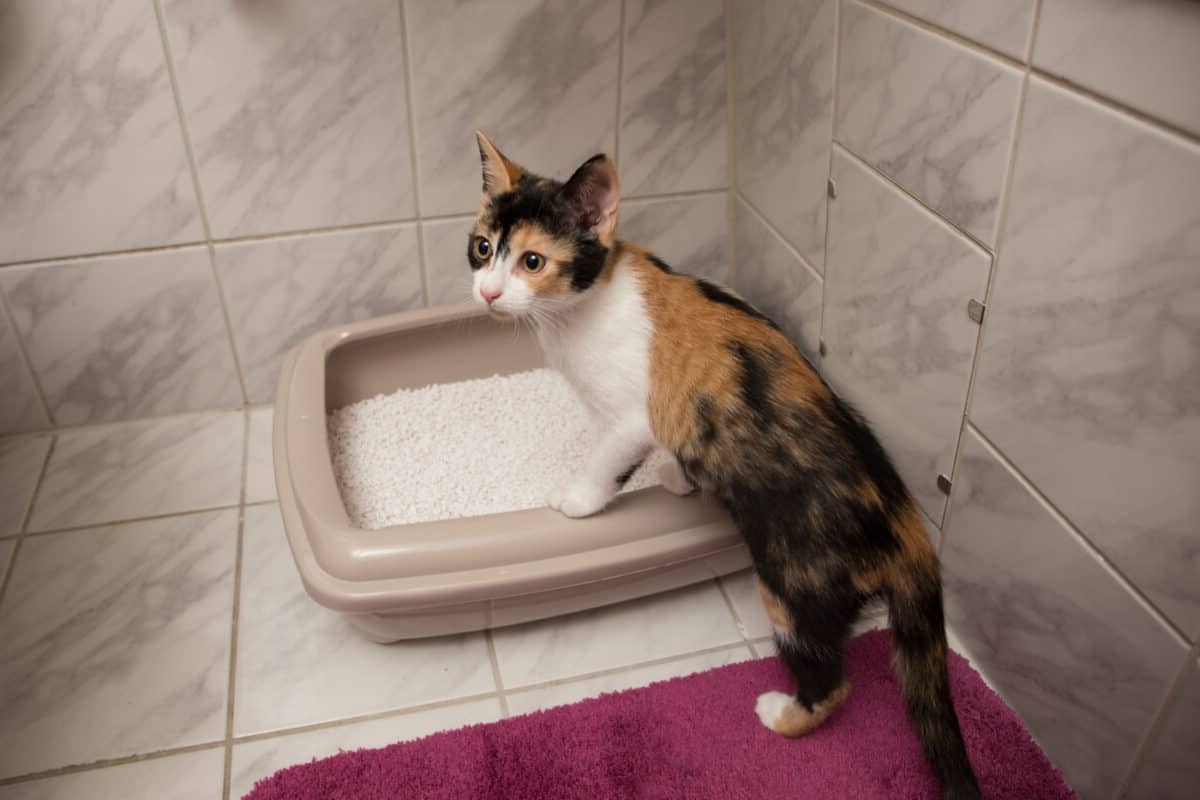

0 thoughts on “How To Make A Ferret Litter Box”